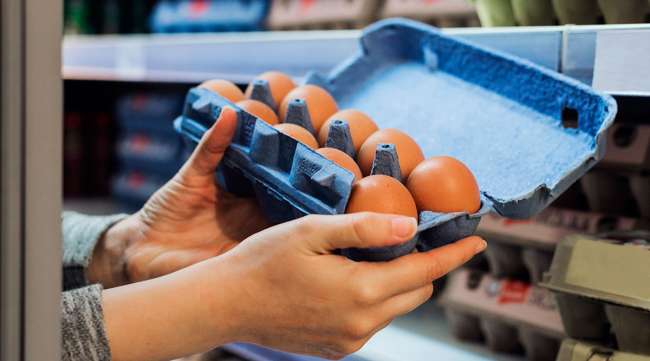Inflation Rose in December but Underlying Pressures Fell

[Stay on top of transportation news: Get TTNews in your inbox.]
WASHINGTON — U.S. inflation accelerated last month as prices for gas, eggs and used cars rose, yet underlying price pressures also showed signs of easing, bolstering hopes that the Federal Reserve could still cut its key interest rate this year.
The consumer price index rose 2.9% in December from a year ago, the Jan. 15 report from the Labor Department showed, up from 2.7% in November. It was the third straight increase after inflation fell to a 3½-year low of 2.4% in September.
Yet excluding the volatile food and energy categories, so-called core inflation declined to 3.2% after remaining frozen at 3.3% for three months. Economists pay close attention to core prices because they typically provide a better guide of inflation’s future course.
The report presents a mixed picture, with consumers still grappling with high prices for essentials, such as groceries, housing and some services like air fares. At the same time, increases in apartment rental prices are slowly easing, and clothing costs barely rose last month. If core prices continue to match December’s pace, inflation should move closer to the Fed’s 2% target.
Want more news? Listen to today's daily briefing above or go here for more info
The report shows that core inflation “is on the downslope,” said Mike Skordeles, head of U.S. economics at Truist bank. “If the trends continue, the Fed might still end up cutting at some point.”
Some likely one-time price spikes pushed up overall inflation, with gas prices jumping 4.4% just in December. Prices at the pump have risen by much less since then, moving up 7 cents Jan. 15 from last month to $3.09 a gallon.
RELATED: Diesel Price Rises 4.1¢ to $3.602
Grocery prices had slowed for most of last year but began accelerating in the fall, rising 0.4% in September, 0.5% in November and 0.3% last month. Egg prices jumped 3.2% in December and are up 36.8% from a year ago. An outbreak of avian flu is decimating many chicken flocks, reducing egg supply.
On a monthly basis, consumer prices rose 0.4% in December, the biggest increase since March. Core prices climbed just 0.2%, after four months of 0.3% increases, a positive sign that some price pressures could be cooling a bit.
The slowdown in core price increases was greeted with relief on Wall Street. Many economists and investors are worried that inflation has become stuck above the Fed’s 2% target after a steady decline in 2023 and for much of last year.
Such concerns have sent interest rates on Treasury securities higher, which has also pushed up borrowing costs for mortgages, cars, and credit cards, even as the Fed has cut its key rate.
The increase in overall consumer prices underscores that inflation remains sticky, even as the threat of potentially inflationary policies from the Trump administration, such as universal tariffs and mass deportations of unauthorized migrants, looms.




